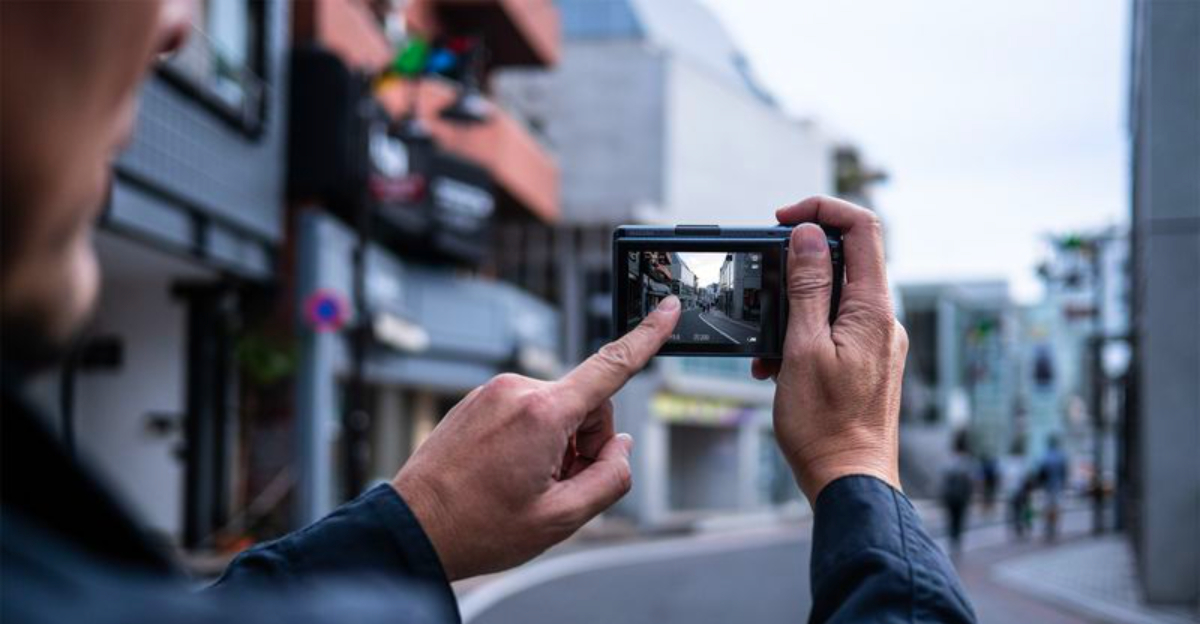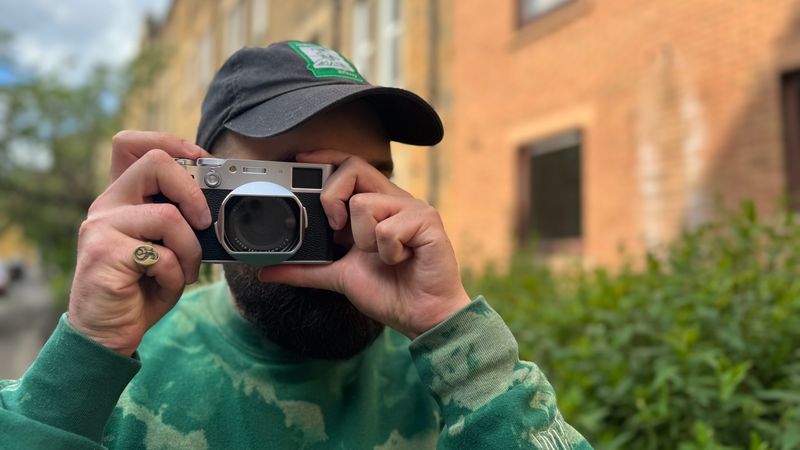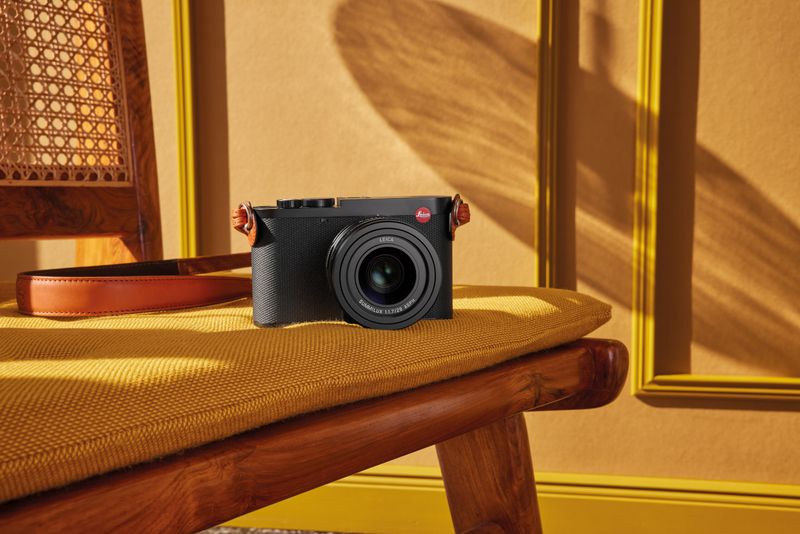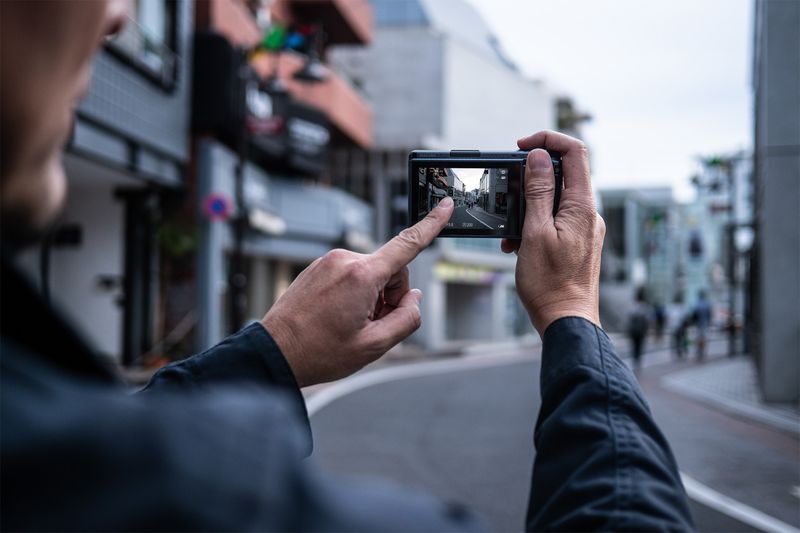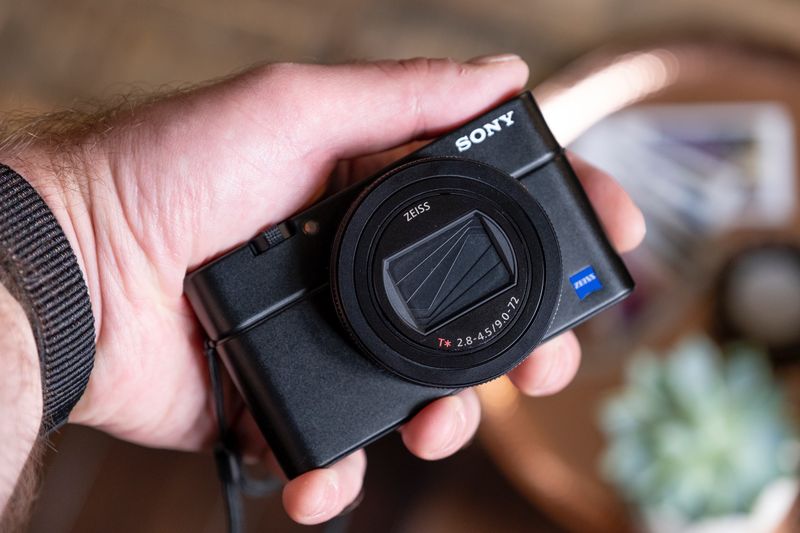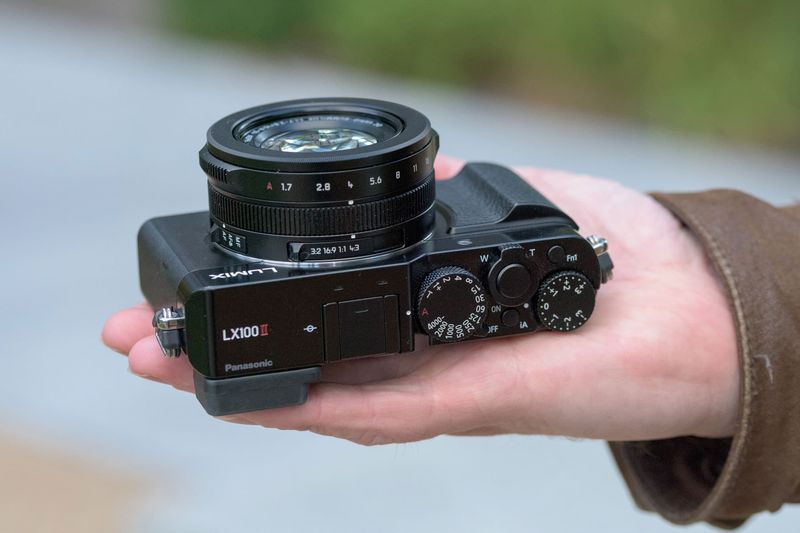Walking through busy city streets with a bulky camera can feel awkward and draw unwanted attention. That’s why compact cameras have become the go-to choice for street photographers and urban explorers who want to blend in while capturing stunning moments. These pocket-friendly powerhouses deliver professional-quality images without weighing you down or making you look like a tourist. Whether you’re snapping candid portraits on a crowded subway or documenting colorful street art, the right compact camera can make all the difference in your urban photography adventures.
1. Fujifilm X100VI
With a stunning 40-megapixel sensor packed into a sleek body, this camera has become a street photographer’s dream tool. The built-in 23mm lens acts like a classic 35mm view, which photographers have trusted for decades to capture authentic street moments. In-body stabilization means you can shoot handheld even as the sun sets over the city skyline.
The hybrid viewfinder switches between optical and electronic modes, giving you creative freedom in how you frame your shots. Keep in mind the fixed lens means you’ll need to move closer or farther from your subject instead of zooming. Battery life requires attention—toss a spare in your bag before heading out.
2. Leica Q3
Imagine carrying 60 megapixels of full-frame power in something barely bigger than a paperback novel. That’s exactly what Leica engineered here, pairing their legendary glass with cutting-edge sensor technology. The fast f/1.7 lens drinks in light even on dimly lit streets, while optical stabilization keeps everything sharp when you’re shooting on the move.
Leica’s reputation for build quality isn’t just marketing hype—this camera feels like it could survive decades of urban adventures. The tilting screen opens up low-angle and overhead shooting possibilities that fixed screens can’t match. Just know you’re paying premium prices for premium performance, and the weight is noticeably heftier than ultralight competitors.
3. Ricoh GR III
Street photographers obsess over this tiny powerhouse because it practically disappears in your pocket yet shoots like a serious camera. No camera screams “I’m taking your picture” less than this minimalist marvel. The APS-C sensor delivers crisp, detailed images despite the camera’s impossibly small footprint, and the sharp 28mm lens captures scenes with beautiful clarity.
Instant startup and simple controls mean you’ll never miss a fleeting moment on busy sidewalks. The trade-off? No viewfinder comes built-in, though some photographers actually prefer composing on the rear screen for a more discreet shooting style. Low-light performance trails behind larger-sensor rivals, but for daytime street work, this camera punches well above its weight class.
4. Sony RX100 VII
Sony crammed an almost ridiculous amount of technology into this pocket rocket. Eye-tracking autofocus locks onto your subject’s gaze faster than you can blink, while blazing-fast continuous shooting captures entire sequences of motion. The zoom lens provides framing flexibility that fixed-lens cameras simply can’t offer, making it easier to compose shots in crowded urban environments.
Did you know the RX100 series pioneered the “premium compact” category that many cameras now try to copy? The one-inch sensor won’t match larger formats in low light, and the lens aperture narrows as you zoom in. Tiny buttons might frustrate photographers with larger hands, but travelers appreciate how this camera balances portability with serious performance across diverse shooting situations.
5. Panasonic LX100 II
Tactile control dials cover the top of this camera like a classic film body, letting you adjust settings without diving into menus. The Micro Four Thirds sensor paired with a bright f/1.7-2.8 zoom lens makes this camera incredibly versatile for mixed shooting scenarios. Whether you’re capturing wide street scenes or tighter portrait compositions, the 24-75mm equivalent range has you covered.
Photographers who learned on manual cameras feel right at home with these physical controls. The protruding lens requires a bit more care when packing your bag compared to truly pocketable options. Low-light performance sits in the middle ground—better than tiny sensors but not quite matching APS-C or full-frame rivals in challenging conditions.
